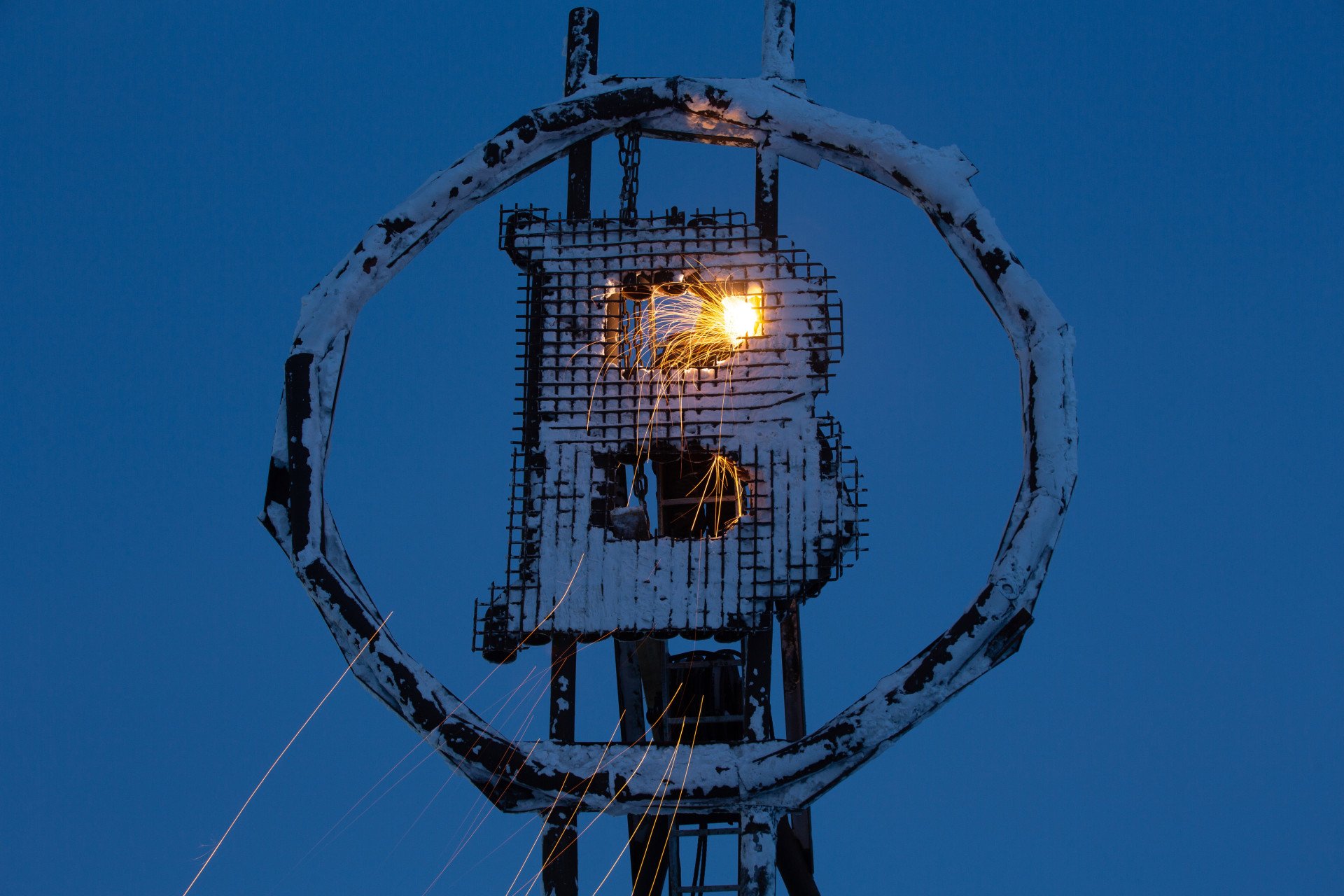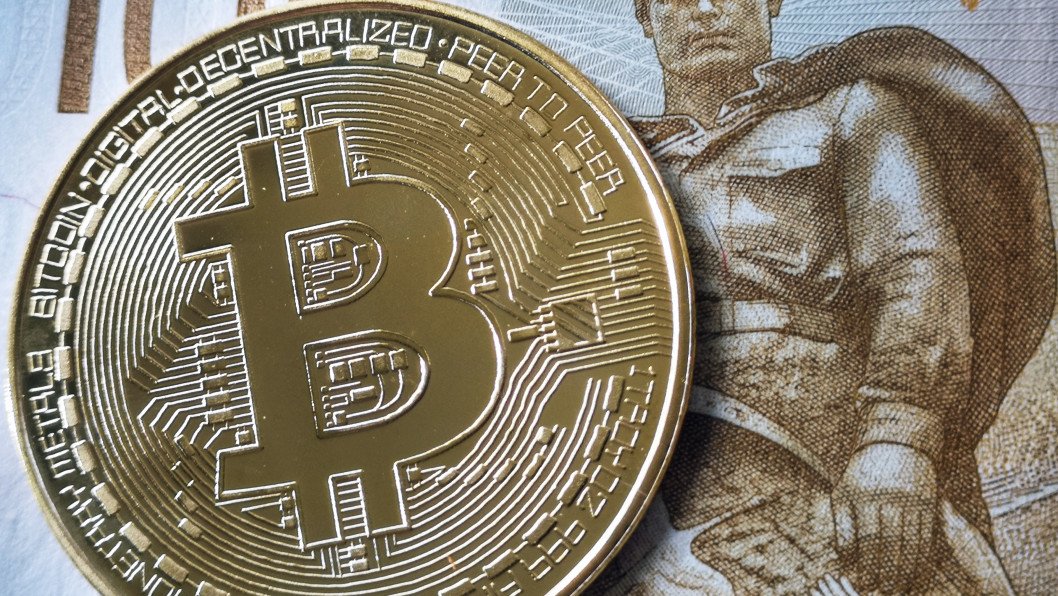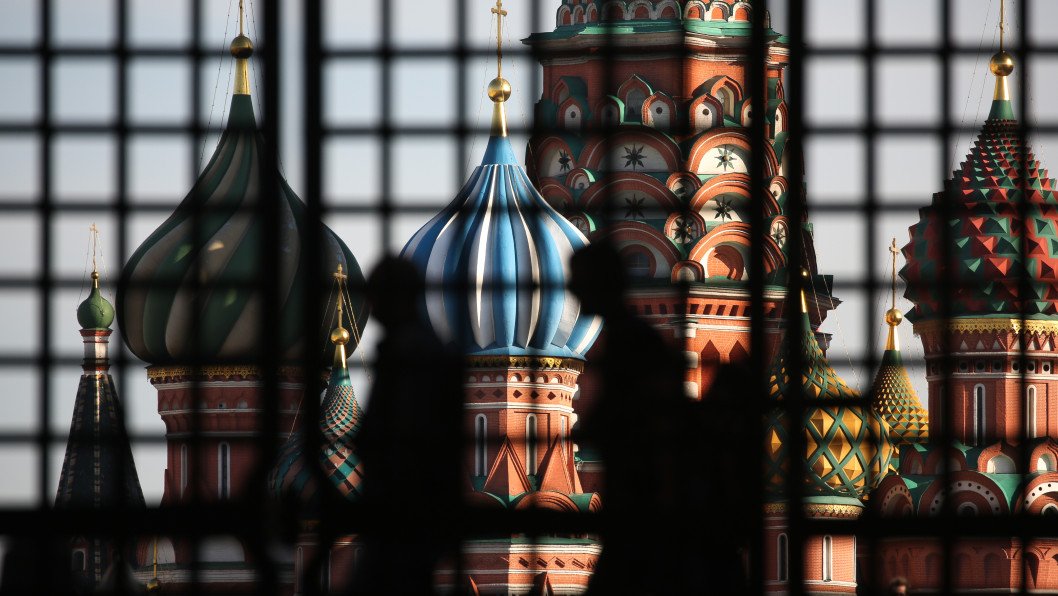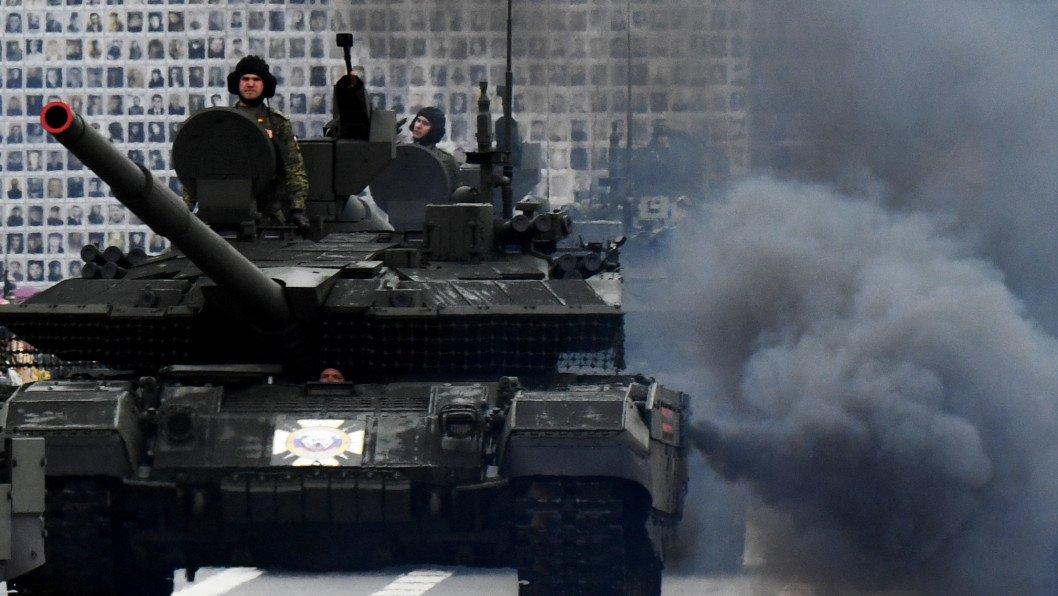- Category
- Latest news
Russia’s Secret Crypto Weapon: Ruble Stablecoin Moves $9.3B to Evade Sanctions

A stablecoin pegged to the Russian ruble has quietly become one of Moscow’s most powerful tools for evading Western sanctions—channeling more than $9.3 billion through a Kyrgyz-based crypto exchange in just four months.
The A7A5 token, launched in February on Kyrgyzstan’s Grinex exchange, claims to be backed 1:1 by rubles deposited in Promsvyazbank—a Russian state-linked bank sanctioned by the US, UK, and EU for financing Moscow’s defense sector, according to an investigation by the Financial Times on June 25.
The coin’s rapid rise—now with 12 billion tokens in circulation—is fueling concerns over its role in enabling sanctioned Russian entities to bypass restrictions by routing transactions through crypto.
While branded as a tool for cross-border settlement, A7A5 has also been linked to political interference operations abroad.
Blockchain researchers at the Centre for Information Resilience (CIR) in London say several domains used in Russian influence campaigns in Moldova shared infrastructure with websites tied to A7A5 and its original developer, the A7 company—an entity previously controlled by Moldovan oligarch Ilan Șor.

Șor, a convicted fraudster and former pro-Russian politician, fled Moldova in 2019 after being sentenced in connection with the country’s infamous $1 billion banking scandal.
Now a Russian citizen, Șor is sanctioned by the US, UK, EU, and Canada and accused of orchestrating attempts to sway Moldova’s elections by laundering millions of dollars through a web of proxies and platforms, including messaging apps like Telegram.
In a statement, A7A5 denied current ties to Șor, saying it “fully separated” from A7 in May due to “differences in strategic vision.”

Kyrgyzstan becomes a crypto haven for sanctioned money
Still, the overlap in timing and operations between A7A5 and the now-defunct Russian crypto exchange Garantex—shut down by US authorities earlier this year—raises further questions.
Analysts say Grinex, which hosts A7A5 exclusively, may be a successor to Garantex, allowing sanctioned users to re-enter crypto markets under a different name.
Leonid Shumakov, director of A7A5, admitted Kyrgyzstan was selected for its “friendly jurisdiction” and relative insulation from sanctions.
“It is no secret that this jurisdiction is currently helping a lot to cope with the pressure [Russia] is under,” he told the FT.

Data from blockchain firms like Elliptic and Global Ledger reveal that the token is primarily used by a small number of wallets transacting in fixed, high-volume patterns—likely internal clearing operations rather than widespread retail use.
Many of these transfers take place during Moscow business hours, suggesting clear Russian links.
Moldovan oligarch behind the coin: who is Ilan Șor?
Meanwhile, Moldova continues to warn about Șor’s role in orchestrating election interference. Just months ago, Moldovan authorities revealed that over 300 young Moldovans were flown to Russia under the guise of cultural programs, only to receive riot-incitement training at covert camps. The Moldovan police believe this was part of a broader Russian hybrid warfare campaign financed by illicit funds tied to Șor.
“This is voter bribery combined with disinformation and sabotage—something our country has never faced before,” said Moldova’s National Police Chief Viorel Cernăuțeanu.

Authorities estimate that over $15 million was funneled into the accounts of 130,000 Moldovans ahead of this year’s pivotal referendum and presidential election—funds allegedly traced back to Șor’s political and financial networks.
Despite his party being banned and declared unconstitutional in 2023, Șor remains a central figure in pro-Russian circles and is actively working to derail Moldova’s push toward EU membership.
Earlier, reports emerged that Russia was using cryptocurrency to facilitate oil trade with China and India, bypassing Western sanctions.
Russian oil companies are using digital assets such as Bitcoin, Ethereum, and stablecoins like Tether to convert Chinese yuan and Indian rupees into Russian rubles.





-72b63a4e0c8c475ad81fe3eed3f63729.jpeg)
